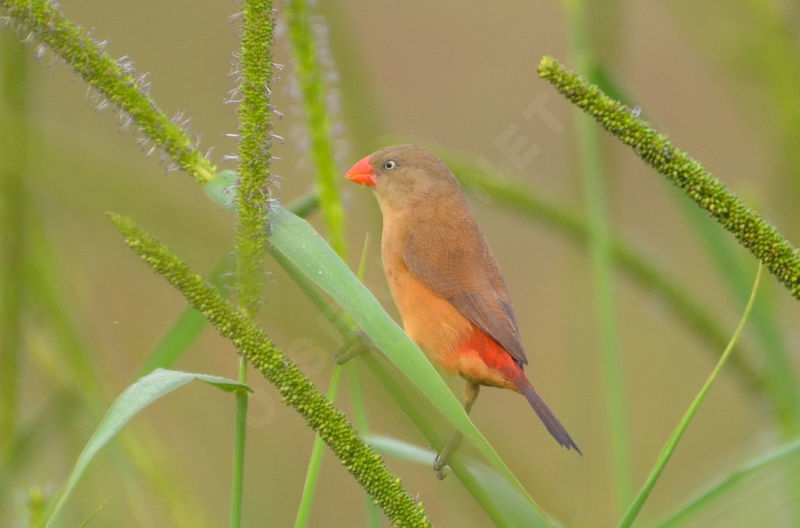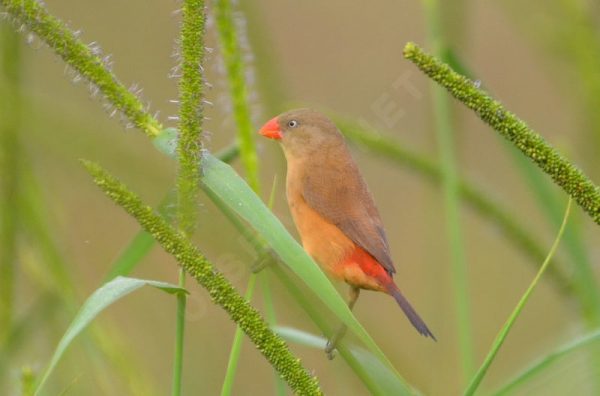The avifauna of Nigeria includes a total of 975 species, of which four are endemic. Thirty-one species are globally threatened. The taxonomic treatment (designation and sequence of orders, families and species) and nomenclature (common and scientific names) follow the conventions of The Clements Checklist of Birds of the World, 2021 edition. The family accounts at the beginning of each heading reflect this taxonomy, as do the species counts found in each family account.
Read more about Discover Nigeria
The following tags have been used to highlight several categories, but not all species fall into one of these categories. Those that do not are commonly occurring native species.
(A) Accidental – a species that rarely or accidentally occurs in Nigeria
(E) Endemic – a species endemic to Nigeria
Large scale degradation of wild animals’ natural habitat coupled with continuous overhunting and poaching has resulted in more species becoming endangered in recent times in Nigeria according to recent surveys by WCS (Wildlife Conservation Society, Nigeria). The National Parks Service being the highest conservation agency in the country becomes the major fortress for conserving these endangered species, alongside collaborative efforts from non-governmental conservation agencies like NCF (Nigeria Conservation Foundation) and others.
Anambra Waxbill
The Anambra waxbill grows anywhere from 4 to 5 inches in length. The male is a soft brownish grey colour with a reddish-orange coloured beak and rump, the spot just before a darker grey tail. This species lives in the sandy shores of rivers and estuaries and among tall grasses. Its diet consists of seeds. The breeding season for this bird is between October and November and occurs after the floodwaters go down. First listed in 1988 as threatened, the Anambra waxbill has been a vulnerable species since 1994. This is due to its small population size, between 167 and 666 mature individuals. Currently, these numbers are stable.
Identification
Sign up to the Connect Nigeria daily Newsletter
The Anambra waxbill (Estrilda poliopareia) is a species of estrildid finch found in the wetter land of southern Nigeria. It has an estimated global extent of occurrence of 38,000 km2. The Anambra waxbill is approximately 12 cm long. This species is a dun-coloured finch with a reddish-brown bill and rump. If looked at closely, it has very fine barring on its upper parts, sides of breast and flanks, with unusual pale eyes. It has a typical waxbill-like tail.
Habitat
The Anambra waxbill lives in small flocks of up to 20 birds or more. It appears to be found in southern Nigeria and is known with certainty from only five reported sightings. It is usually found in long grass along rivers, lagoon sandbanks, marshes, swamps and forests. It feeds principally on grass seeds taken form seedheads.
Conservation measures
No conservation measures are undertaken yet. However, it was proposed to conduct population surveys to determine its distribution, habitat requirements and potential threats. It was also proposed to study its behaviour, voice and DNA to clarify its taxonomic relationship with the fawn-breasted waxbill (E. paludicola).
References
BirdLife International. 2018. Estrilda poliopareia. The IUCN Red List of Threatened Species 2018: e.T22719543A132048360. https://dx.doi.org/10.2305/IUCN.UK.2018
https://www.worldatlas.com/
https://www.researchgate.net/
Featured image: Oiseaux.net
Contact us: editor@Connect Nigeria. com


